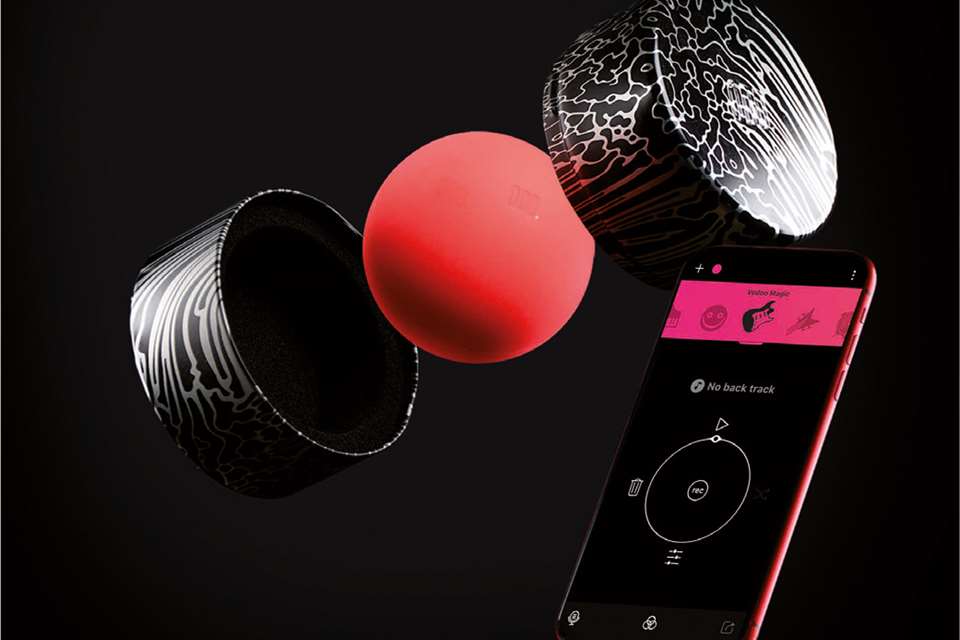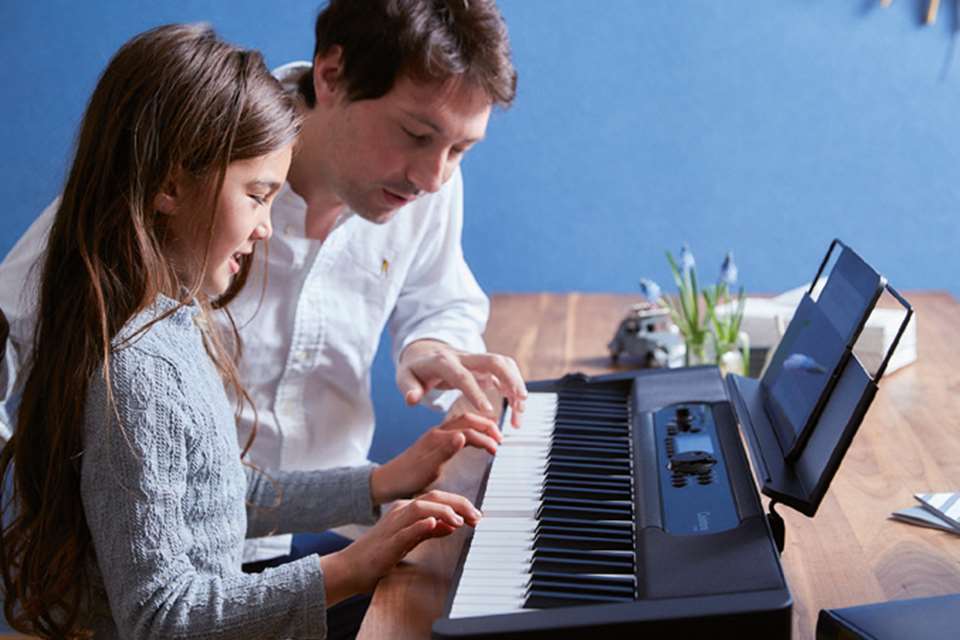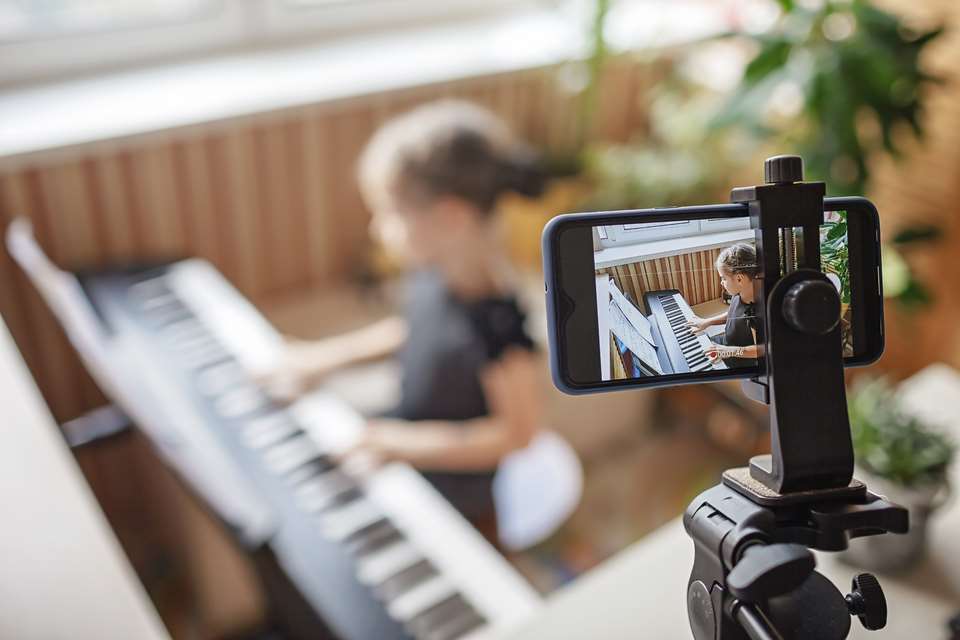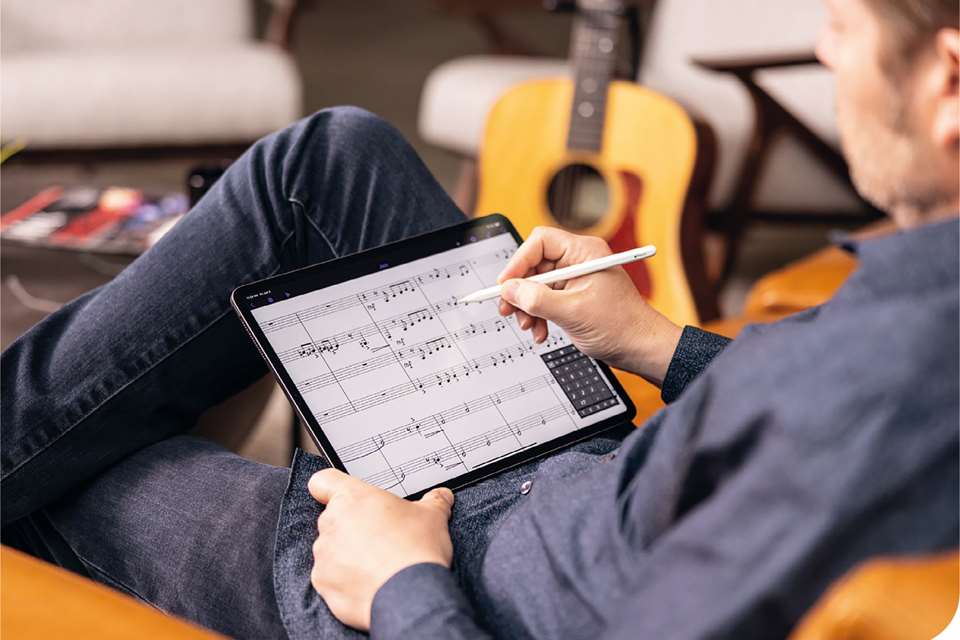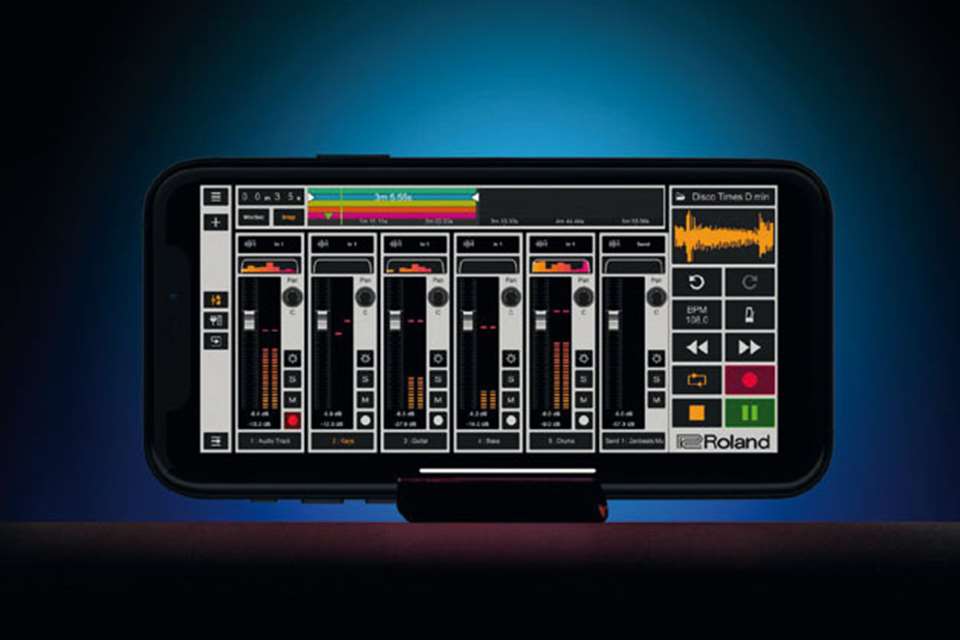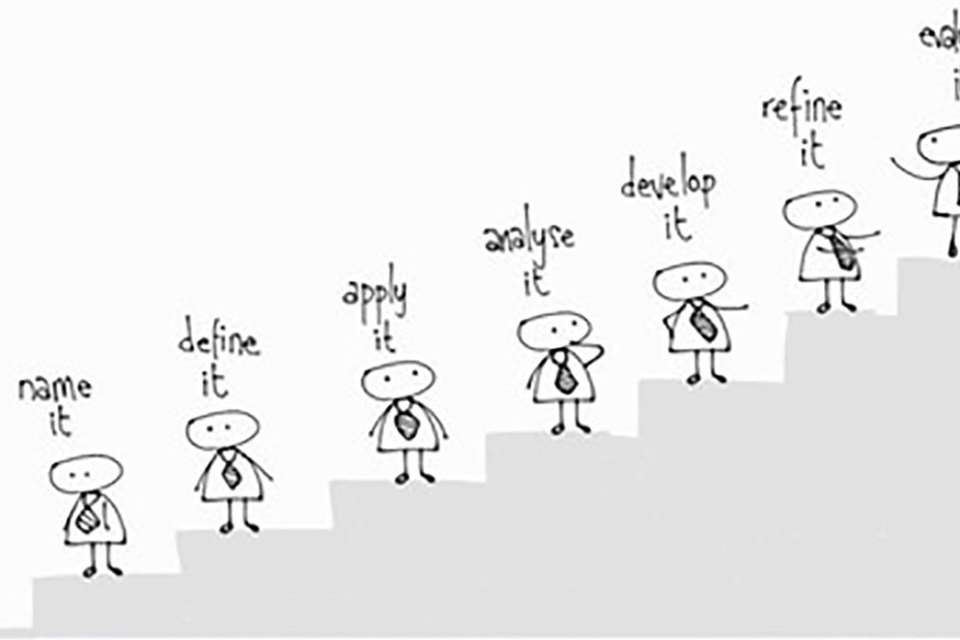Tech Reviews: Dubler 2
Dale Wills
Saturday, January 1, 2022
Dale Wills takes a look at the Dubler 2 – a MIDI controller that uses the human voice as a trigger, created by Vochlea.
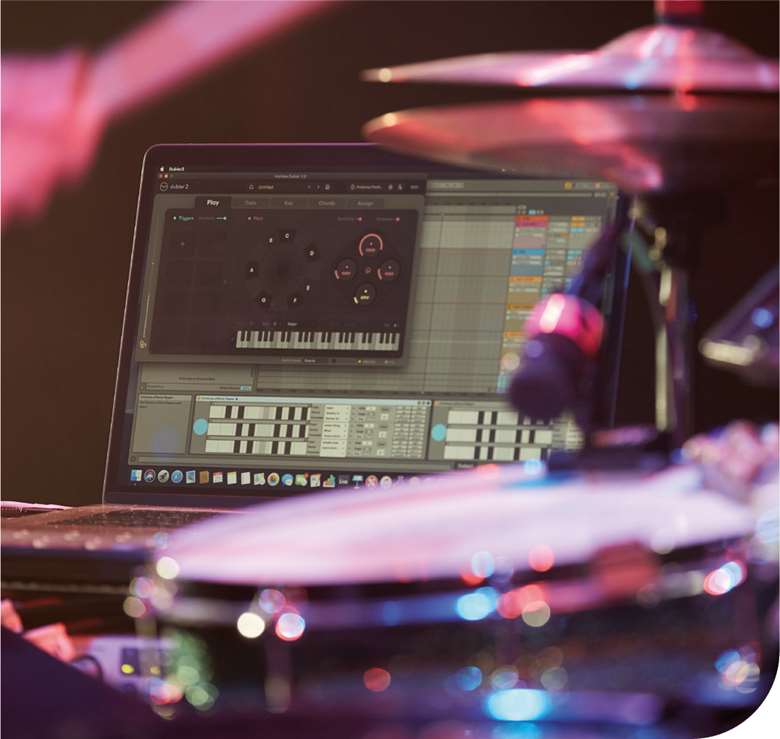
In the universe of imaginative MIDI controllers, Vochlea has launched Dubler 2, a MIDI controller utilising the human voice as a trigger. Vochlea produces a microphone specifically for this purpose, however the new roll-out allows users to connect and calibrate their own input devices. For the purposes of this workshop, I had calibrated an AKG D7 (a dynamic vocal microphone) to my voice. Not that Dubler 2 is designed to work with dynamic microphones only – although I did achieve some success with condenser in cardioid pick-up, this is not advised.
The software also includes a range of vocal synthesis parameters. Both functions operate by tracking pitch and converting it in real time into MIDI data via a Fast Fourier Transform. Compared to many of the packages with the same underlying function, both built-in and third-party plugins, the speed of the transform is breathtaking. Although there is some associated latency, this seems more governed by available CPU (central processing unit) rather than the transformation process.
The process of calibrating an external input device is reassuringly simple; the software guided me through the process in under a minute. In addition to pitch recognition, the software also runs a percussive recognition algorithm to trigger samples or drum tracks, based on transient analysis.
The software can recognise up to eight different vocal sounds, which can then be mapped to individual samples. For experienced beatboxers, this allows real time beatboxing to be realised in a MIDI environment for live performance. For a classical pianist, with limited experience of beatboxing, this is more than enough capacity for a single multitrack.
I started the students off with four individual samples, mapped to kick, snare, open and closed hat samples. This was more than sufficient to lay down some imaginative and complex drum patterns. I was particularly impressed by how the calibrated setup reacted to a range of thirty different inputs, with only occasional glitches. If you're trying this approach with a whole class, I would recommend using clicks, claps, stamps and any another non-vocal sounds in preference to voice-alone triggers.
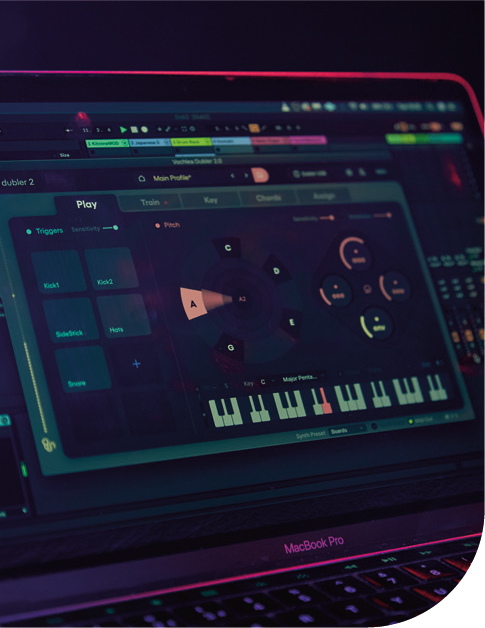
The Dubler 2 software is designed to be compatible with all DAWs
Pitch correction
In the vocal realm, Dubler 2 offers real time pitch correction, either on a chromatic basis, or as a pitch limited version. The software also offers auto key detection, and MIDI chord trigger, similar to a vocoder. The algorithm is surprisingly flexible, managing to produce recognisable results from even the most challenged singer (ok, me!). Whereas some DAW pitch correction algorithms can stutter when presented with a note which either ‘falls between the cracks’ or fluctuates between two or more correction points, Dubler 2 seemed to smooth the majority of these ticks out and produce usable results.
Compatible with all DAWs
For vocalists missing the ability to bend and manipulate pitch, the MIDI transform also allows users to map pitch bends via either ‘IntelliBend’ or ‘TruBend’ options. This was particularly useful for putting down melody and bass line ideas without the need for any music theory knowledge. Dubler 2 is designed to be compatible with all DAWs, but also supports live performance, as can be seen in the impressive range of videos from Vochlea's portfolio of artists. For artists developing skill portfolios in beatboxing or multi-vocalism, this is a useful tool for supporting and developing a live performance style.
In the same way as the ODD Ball, Dubler 2 allows users to map up to three formant profiles of vowels to controller channels, which allows me to trigger effects, filters, envelopes, and any other real time parameters just by changing vowel sound. This particular function did require a certain degree of calibration, although again produced some spectacular results. The look of joy on the young students' faces as they turned their beats into Avicii-style tracks was worth the time mapping those controls in.
There is something synergistic about this approach; the more these tools opened up the potential for music production for these students, the more creative their ideas and expressions became. The more creative they became, the more they could get out of these tools. These two approaches represent not just useful tools for getting musicians without any technical basis into production, but also for providing alternative creative approaches for musicians at later stages in their creative journeys. I may even think about rearranging my studio.


